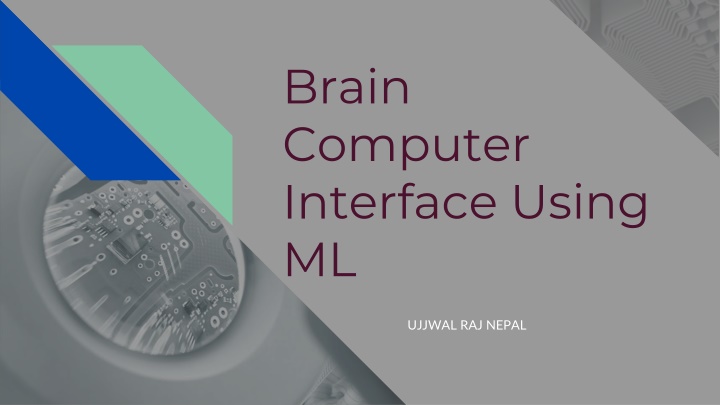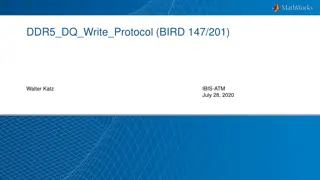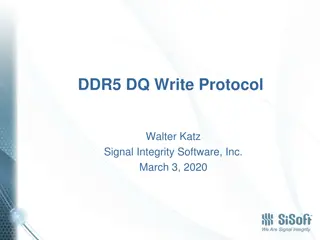
Exploring Brain-Computer Interface Using Machine Learning
Discover the fascinating world of Brain-Computer Interface (BCI) through this insightful content, covering brain waves, types of BCI, applications, components, ML trends, and more. Learn about how BCI systems allow communication between the brain and machines, the different types of BCI (invasive, semi-invasive, non-invasive), and their diverse applications in fields such as medical, neuroergonomics, neuromarketing, education, gaming, security, and authentication. Dive into the realm of BCI and machine learning for a glimpse into the future of human-machine interaction.
Download Presentation

Please find below an Image/Link to download the presentation.
The content on the website is provided AS IS for your information and personal use only. It may not be sold, licensed, or shared on other websites without obtaining consent from the author. If you encounter any issues during the download, it is possible that the publisher has removed the file from their server.
You are allowed to download the files provided on this website for personal or commercial use, subject to the condition that they are used lawfully. All files are the property of their respective owners.
The content on the website is provided AS IS for your information and personal use only. It may not be sold, licensed, or shared on other websites without obtaining consent from the author.
E N D
Presentation Transcript
Brain Computer Interface Using ML UJJWAL RAJ NEPAL
ABOUT ME 4.0 Engineer Otonomis Pvt. Ltd Working on future of Moving Vehicles in Nepal Interested Artificial General Intelligence & Future of AI
Contents Brain Waves Types BCI Intro Types Application BCI Components ML trends in BCI General Algorithms Brain Controlled WheelChair
80 billion neurons communicate in specific rhythms and groups oscillating in very specific frequencies Brain waves are measured in cycles per second i.e Hz Lower the frequency lower is the brain activity Handy analogy with musical notes, lower the frequency waves are deeply penetrating, higher frequency are more subtle
Brain Computer Interface are systems that allow communication between the brain and various machines.
BCI Types Invasive , mini electrodes are directly implanted into the brain during neurosurgery Semi Invasive, electrodes placed on the exposed surface of the brain eg, Electrocorticography ECoG Non Invasive, electrodes are kept touching the head externally
Applications of BCI Medical Applications Neuroergonomics and smart environment Neuromarketing and advertisement Education and self regulation Games and Entertainment Security and Authentication
Major challenge of BCI is classification of the brain signals in Real Time to make RTS Intriguing fact is now Deep Learning is being used to acheive state of the arts systems P300 reposne is being used with conv net technique which works on response based on stimuli Classification is the main area where ML algorithms are being used in non invasive BCI
General Classification Algorithms for BCI K means Clustering for unsuprevised learning Linear classifiers Finite State Machine based systems are common in decision making ANN
BRAIN Controlled WheelChair Ujjwal Raj Nepal , Rajan Gyawali
Components Used Neurosky Mindwave Raspberry Pi Optocoupler Motor Driver high current MOSFET chip Wiper Motor
Methodology Signal from Brain Classification Neurosky Mindwave FSM Raspberry Pi WheelChair Control Signal Processing(FFT, Filtering) Power Calculation Feature Extraction
Thank you! Any Queries???











